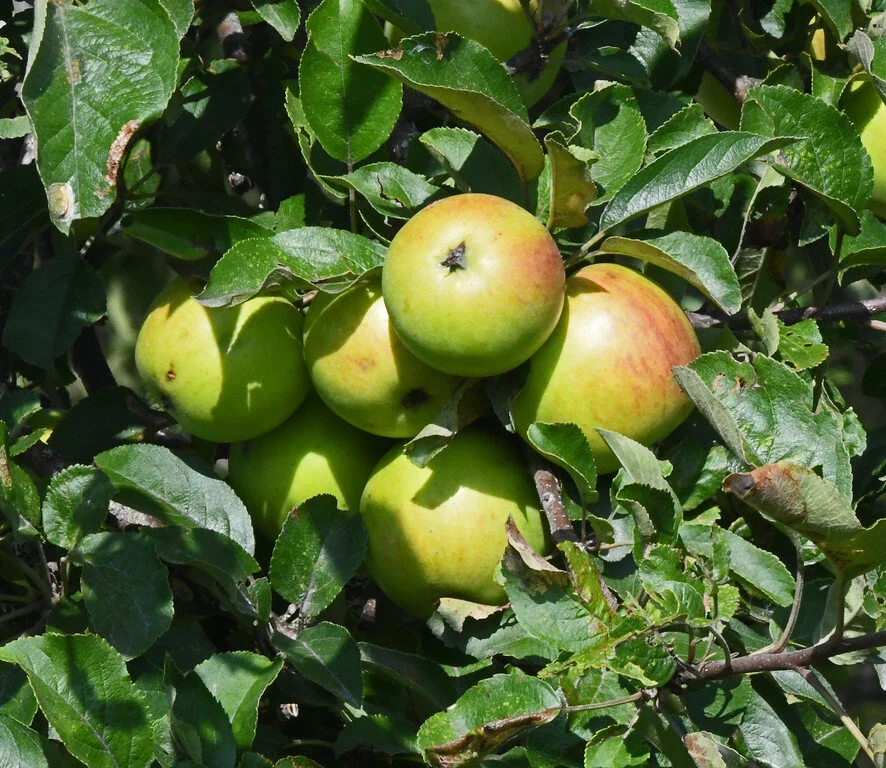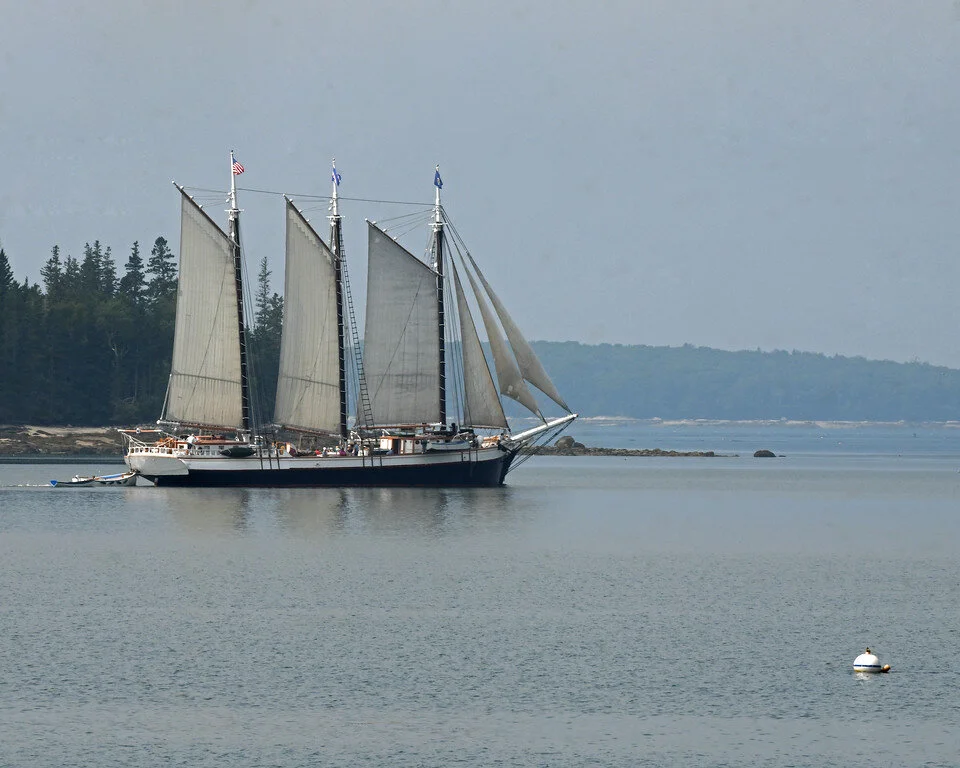Here we see a White-Tailed Deer fawn yesterday, learning from her expert mother how to ruin our garden.
We’ve had a good White-Tail birthing season this spring and early summer, perhaps too good given the number of deer that consider this area theirs. Newborn White-Tails reportedly seldom exceed 10 pounds and are very dependent during their first few weeks of life.
Now, however, the fawns have been (or are being) weaned, filling out, running and gamboling nimbly, and a few are starting to lose their camouflage spots. They likely will start to shed their silky coats in September, continue gaining significant protective fat, and go into the winter weighing between 80 and 90 pounds. (Images taken in Brooklin, Maine, on August 30, 2021.)























































